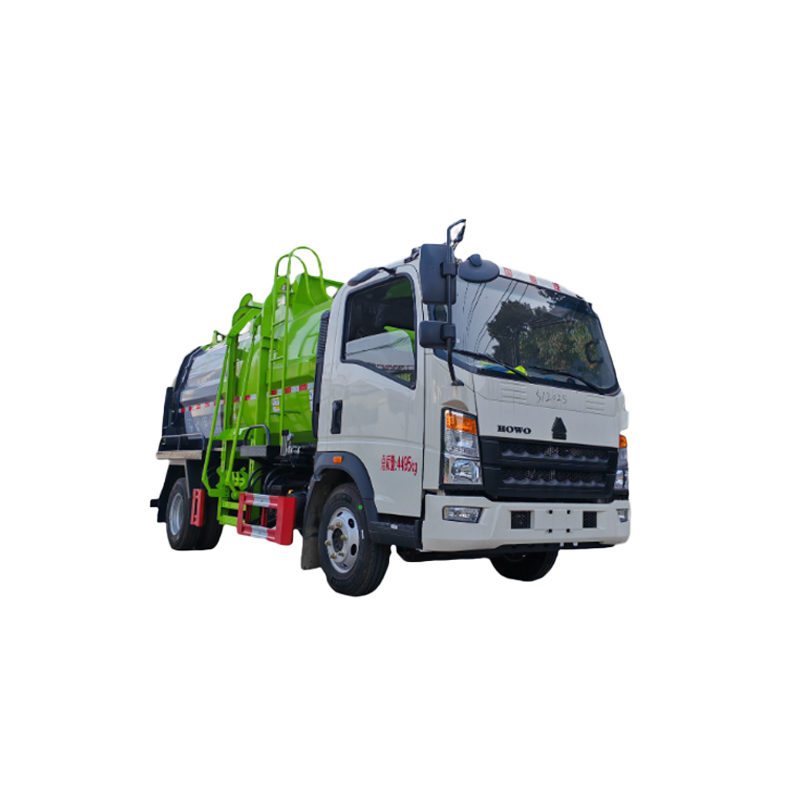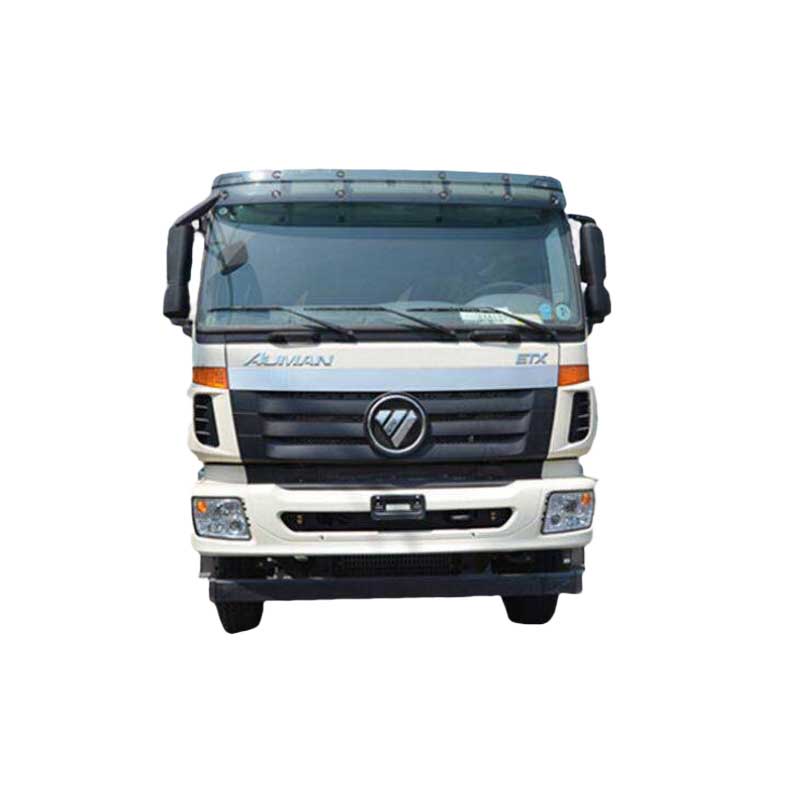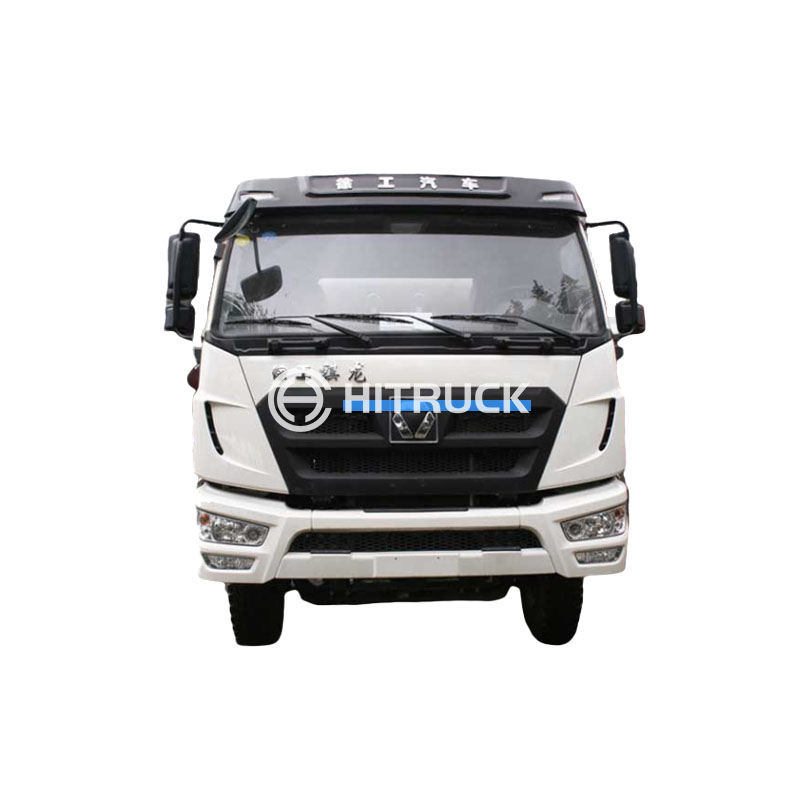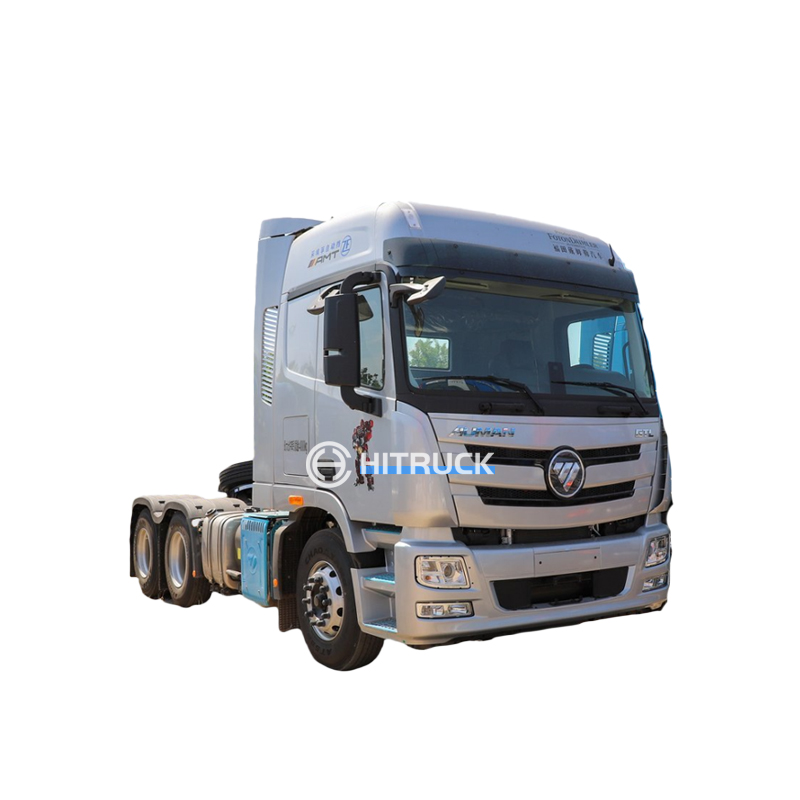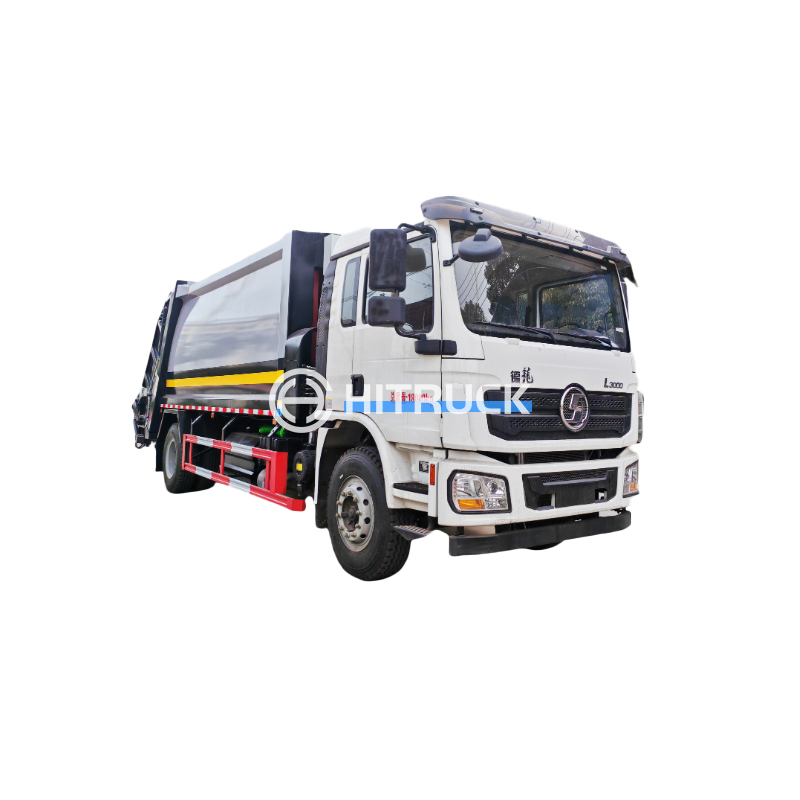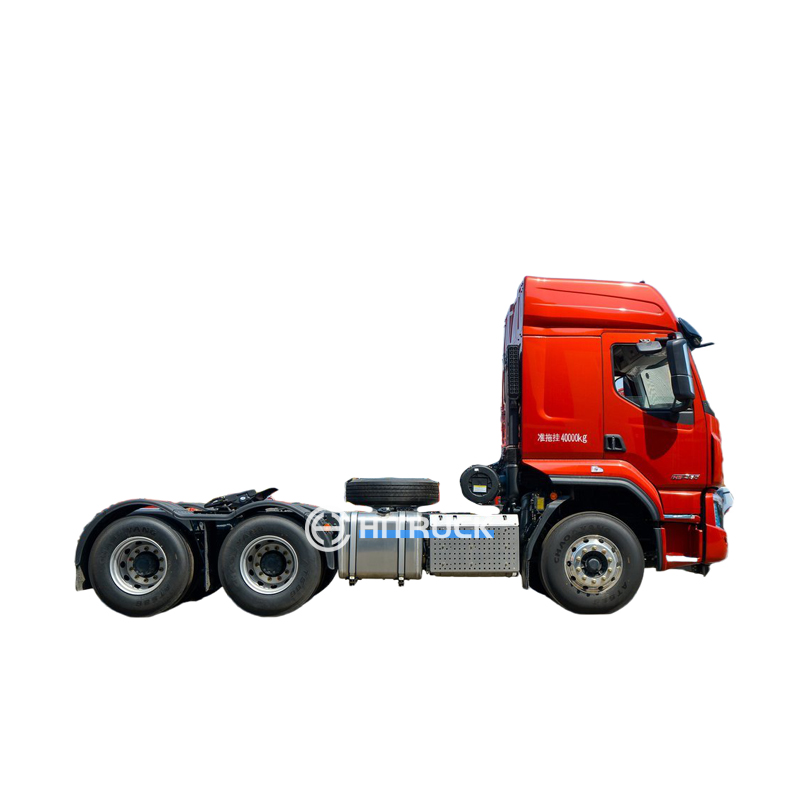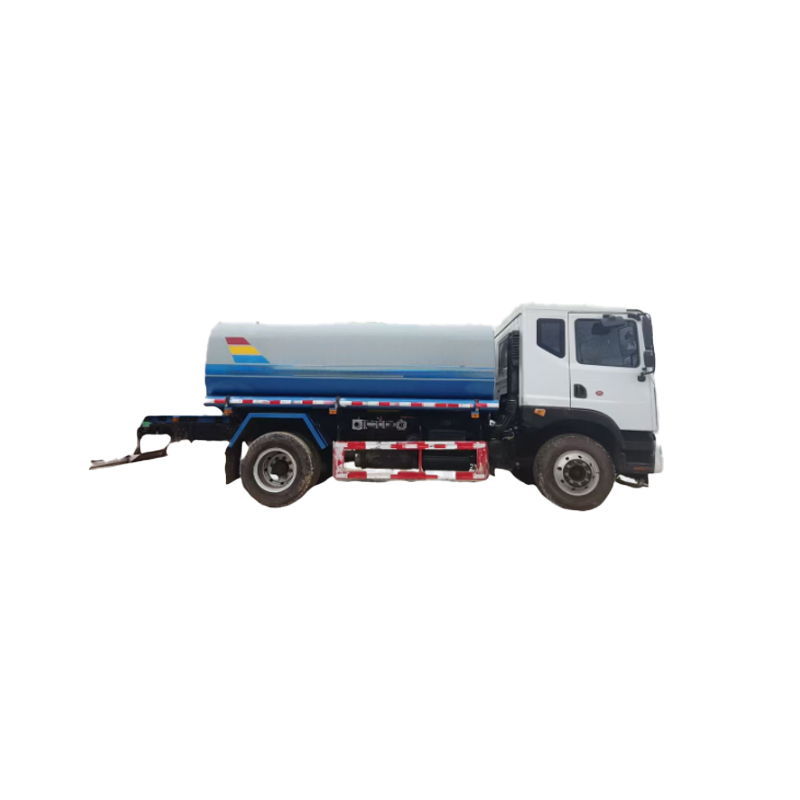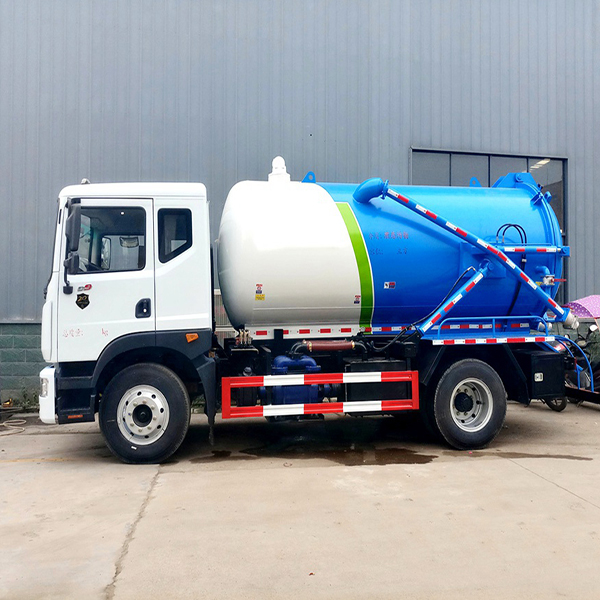Choosing the right water tanker is crucial for efficient water transportation and storage. This comprehensive guide explores key factors to consider when selecting a best water tanker, covering capacity, material, features, and maintenance to help you make an informed decision.
The first step in selecting a water tanker is determining your water needs. Consider the volume of water you need to transport and store regularly. Will it be for agricultural irrigation, construction sites, emergency response, or municipal water supply? Accurate assessment prevents overspending on an unnecessarily large water tanker or underestimating the capacity needed. Many factors contribute to water requirements, including climate, terrain, population density and planned applications. For instance, a large-scale agricultural operation will require a significantly larger water tanker than a small-scale construction project.
Water tankers are typically constructed from steel, stainless steel, or polyethylene plastic. Steel is durable and cost-effective, but susceptible to rust and corrosion. Stainless steel offers superior corrosion resistance and longevity but comes with a higher price tag. Polyethylene plastic water tankers are lightweight, corrosion-resistant, and relatively inexpensive, making them suitable for certain applications; however, they might not be as durable as steel or stainless steel for heavy-duty use. The choice depends greatly on the intended use and budget.
The efficiency of water delivery depends heavily on the pumping system and discharge mechanisms. Look for water tankers with reliable pumps capable of handling high volumes of water and efficient discharge valves for controlled water release. Some advanced models include automated control systems for precise water distribution. Consider the type of terrain you’ll be operating on – a powerful pump may be necessary for uphill delivery. Consider also the presence of safety features such as pressure relief valves.
Other features to consider include: a robust chassis for stability and longevity; compartments for easier water management; a well-designed ladder for access; and proper lighting for safety during night operations. The best water tanker will often integrate multiple features to enhance functionality and safety.
Proper maintenance significantly extends the lifespan of your water tanker. This involves regular inspections, cleaning, and lubrication of moving parts. A thorough maintenance schedule should include checking for leaks, corrosion, and any signs of damage. Following the manufacturer's recommended maintenance guidelines is crucial.
Selecting a reputable supplier is paramount. A reliable supplier will offer a warranty, provide after-sales service, and supply genuine parts. Consider factors like their experience in the industry, customer reviews, and availability of spare parts. For example, Suizhou Haicang Automobile sales Co., LTD offers a wide selection of high-quality water tankers and excellent customer support.
| Material | Pros | Cons |
|---|---|---|
| Steel | Durable, Cost-effective | Susceptible to rust and corrosion |
| Stainless Steel | High corrosion resistance, Long lifespan | High cost |
| Polyethylene Plastic | Lightweight, Corrosion resistant, Inexpensive | Lower durability compared to steel or stainless steel |
Remember to consider all factors to find the best water tanker for your specific requirements. Investing in a high-quality water tanker ensures efficient water management and long-term cost savings.


